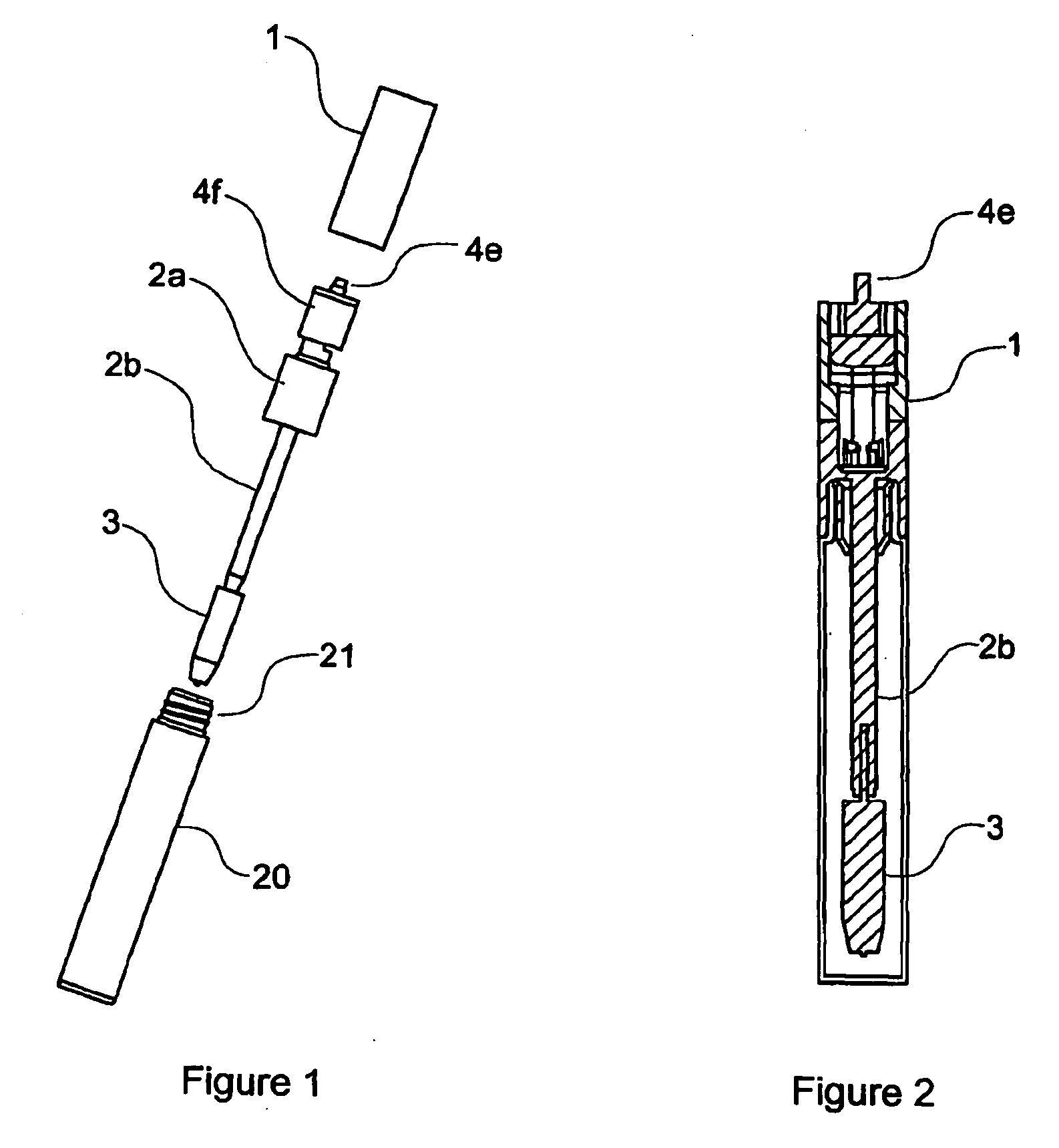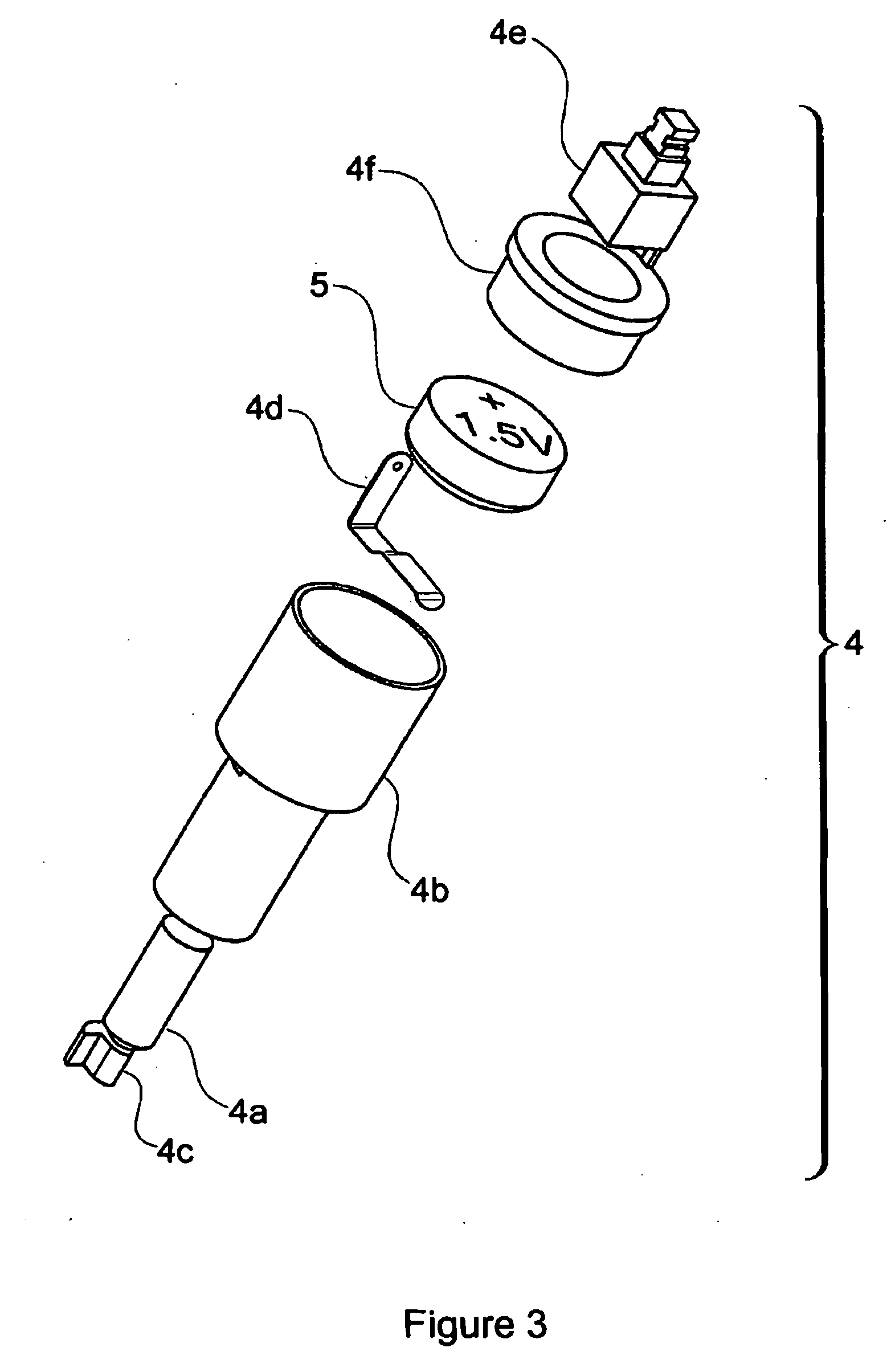Being innovative in the field of mascara products can be a challenge because mascara compositions are one of the most difficult
cosmetics to formulate,
package and apply.
Mascara is a heavy, viscous, sticky and often messy product.
It does not flow easily in manufacture, filling or application, while
drying out quickly at ambient conditions.
It may contain volatile components that make safety in manufacture an issue.
Mascara is also difficult because of the target area of application.
Being flexible, the eyelashes yield easily under the pressure of a mascara applicator which makes transfer of the product onto the lashes difficult.
The act of transferring a rheologically difficult product to a small, delicate target and in so doing achieve specific visual effects, is the challenging task of mascara application.
Furthermore, mascara is unlike most cosmetic products because more than most
cosmetics, the success of a mascara product depends on using the product with the right applicator.
A well executed mascara formulation may prove to be a failure in the marketplace if not sold with the right applicator to apply and work the mascara on the lashes to achieve the desired effect.
Therefore, a mascara product that is sold with an otherwise commercially popular applicator, may not be well received by the consuming public, if the mascara composition does not complement the applicator function.
However, to date, applicants are unaware of any disclosure concerning which rheological type of mascara compositions will work better with which types of applicator.
The act of repeatedly reinserting the
brush into the reservoir has the effect of incorporating air into the mascara in the reservoir, which causes the mascara to dry out and become unusable faster than it otherwise would.
Generally, the values of these parameters cannot be adjusted to produce an ideal
brush, that is, a
brush that performs all the desired functions satisfactorily.
It may be less suitable for
combing, declumping and separating the lashes.
Generally, bristles that are too flexible will become matted down upon passing through the wiper and thereafter may remain stuck together because mascara is typically quite tacky.
These higher
viscosity mascaras tend to collapse bristles of conventional stiffness, thus rendering a brush having bristles of conventional stiffness ineffective for purposes of application or
combing.
Accordingly, some of the forgoing brushes would not be suitable for use with such higher
viscosity mascaras.
Furthermore, these brushes do not offer the user the opportunity to compensate, at will, for one or the other shortcoming (i.e. bristles too soft or too stiff).
However, one problem with densely spaced bristles that carry a large quantity of mascara is that the lashes may not be able to penetrate the space between the bristles.
Also, because densely spaced bristles carry a lot of product from the reservoir while tending not to separate the lashes, there is a tendency for the lashes to clump together during application.
With such a brush, it is not easy to obtain an even coat on the lashes.
A lot of brushing, effort, skill and patience on the part of the user is required.
In contrast, a brush with less densely spaced bristles may penetrate the lashes easily, but delivers less product, perhaps an insufficient
coating to the lashes.
The longer it takes to perform the application, the more complicated it becomes.
If the product already applied to the lashes is setting up and
drying out while new mascara is still being applied over it, an even,
clean appearance may be very difficult to achieve.
It is alleged that 50-60 bristles per turn is sufficient to take up enough mascara to coat the lashes, but that brushes of this
bristle density do not distribute the product very well, resulting in blobs of product and wasted time.
None of these proposals deal with substantially, measurably altering the flow characteristics of a mascara product at the time of application.
Nothing in the prior art anticipates or suggests a vibrating mascara applicator capable of altering the viscosity of a mascara in a controlled fashion, nor the benefits of such.
None of these references disclose the mascara applicator with a brush head that vibrates while in the reservoir, as well as during application to the lashes.
Obviously, the non-motorized brush of the '326 patent cannot rotate when immersed in mascara, and therefore is unable to shear the product.
The '111 and '276 brushes also require added complexity to effect the reversible motor feature, gears and pinions and such.
For example, the vibrating movement of the brush head naturally carries and pushes the mascara toward the baseline of the
eyelash, where some users may be too squeamish to go.
These differences make a
toothbrush ineffective for performing many of the functions of a mascara brush, as discussed above.
Such a base cannot fit into a common mascara tube and if it could it would become covered with mascara making a mess and
wasting a lot of mascara.
For obvious reasons a shaving razor and a dental flosser are wholly unsuitable for mascara application.
Clumping reduces individual lash definition and is generally not desirable.
“Spiking” is the tendency for the tips of individual lashes to fuse, creating a triangular shaped cluster, usually undesirable.
However, a
disadvantage of doing this is that it tends to increase clumping of the composition and decrease the user's ability to separate the lashes.
A high level of solids can also create a negative sensorial effect because the
high concentration of solids makes the mascara difficult to spread over the lashes.
The result can be tugging on the lashes, discomfort associated therewith and a poor application.
On the down side, oil-in-water mascaras do not stand up well to
exposure of water and
humidity.
Various draw-backs of water-in-oil mascaras may include: difficulty in removing the product from the lashes, a long dry-time, a high degree of
weight loss from the product reservoir, generally less compatibility with packaging materials than oil-in-water mascaras and a relatively low
flash point.
Dry-out of mascara in the reservoir is a common problem.
Nevertheless, often, some portion of the mascara in the reservoir becomes unusable because of dry-out.
Dry-out may occur if too much water evaporates from the reservoir.
Also, the act of repeatedly immersing the brush into the reservoir may incorporate air into the product, thus accelerating the rate of dry-out.
In
solvent-containing systems, dry-out occurs if too much
solvent is allowed to volatize from the product.
However, as typically happens, some
solvent is lost from the product in the reservoir each time the product is exposed to the air.
Therefore, normal use of the product causes the product to deteriorate.
Frequently, what remains in the reservoir goes to waste, having dried out too much to be used.
Disadvantages of this
system include the fact that the mascara is only sheared for a moment while the brush is passing through the spring.
If a user attempts to increase the amount of shearing by repeatedly pumping the applicator through the spring, this will have the detrimental effect of incorporating air into the product and
drying it out, as discussed above.
This would actually produce a result opposite to that intended, causing the product to thicken ad flow less well.
For mascaras that will be changed structurally or chemically by the application of too much heat or from being too often heated, these devices are wholly unsuitable.
The insulation makes these devices more complex and costly than the present invention, wherein the reservoir is neither heated nor insulated.
 Login to View More
Login to View More  Login to View More
Login to View More 


